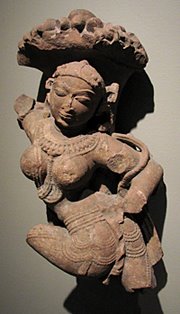
We have had a lot of fun birds in our backyard over the past few weeks, this Baltimore Oriole being one of the most beautiful. I’ve glimpsed an Oriole in our backyard once before, but only fleetingly in one of our trees and at that time
 didn’t get a good enough look to be positive about its identification. This fine bird obligingly landed on bird feeder central and stayed long enough for me to grab a few quick shots with a digital camera. Unfortunately, it didn't stay long enough for Elly, who was upstairs at the time, to see it for herself.
didn’t get a good enough look to be positive about its identification. This fine bird obligingly landed on bird feeder central and stayed long enough for me to grab a few quick shots with a digital camera. Unfortunately, it didn't stay long enough for Elly, who was upstairs at the time, to see it for herself.We’ve also had groups of white-throated and white-crowned sparrows, ruby-crowned kinglets, yellow-rumpled warblers, chipping sparrows, and Lincoln’s sparrows. A previous post on Lincoln’s sparrows includes a picture I took of one. Lincoln’s sparrows are quite shy and fly off immediately if another bird approaches.
I have decided one of the main reasons we are getting so many more visitors now is that last fall I started spreading birdseed liberally on our driveway. Doing so has attracted many more birds because it avoids competition at a small feeding station, which, essentially becomes a bottleneck. In addition, while some birds go to extreme lengths to discourage species generally viewed as pests — house sparrows and starlings, for example — we have decided not to worry about attracting them. As a result, we are actually seeing more of the rarer birds one often looks for because the common birds act as decoys, luring them in.
Within the last week the idea occurred to me to start spreading seed in inconspicuous locations, like near shrubbery, which has had the welcome effect of encouraging even more visits from shy birds that feel nervous in exposed locations. It seems simple enough in retrospect, but I wonder how many backyard feeder enthusiasts follow the practice? At any rate, the results are encouraging. I’m looking into increasing the number of native plants and shrubs in our yard as further encouragement for bird (and butterfly) visits.
Mark McKellar at the Backyard Bird Center told me that since we live in an older neighborhood with many mature trees, we might be able to entice orioles to become regular visitors with an oriole feeder (which makes orange halves, nectar, and grape jelly available for these birds). Accordingly, I have set one up in a hackberry tree and we are patiently watching for return visits. Here is one more picture of our recent visitor from Baltimore...















